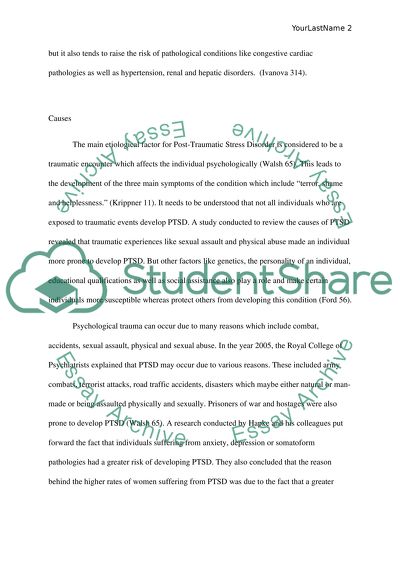Cite this document
(“What are the best treatments for Post traumatic stress disorder Research Paper”, n.d.)
Retrieved from https://studentshare.org/english/1633047-what-are-the-best-treatments-for-post-traumatic-stress-disorder
Retrieved from https://studentshare.org/english/1633047-what-are-the-best-treatments-for-post-traumatic-stress-disorder
(What Are the Best Treatments for Post Traumatic Stress Disorder Research Paper)
https://studentshare.org/english/1633047-what-are-the-best-treatments-for-post-traumatic-stress-disorder.
https://studentshare.org/english/1633047-what-are-the-best-treatments-for-post-traumatic-stress-disorder.
“What Are the Best Treatments for Post Traumatic Stress Disorder Research Paper”, n.d. https://studentshare.org/english/1633047-what-are-the-best-treatments-for-post-traumatic-stress-disorder.


